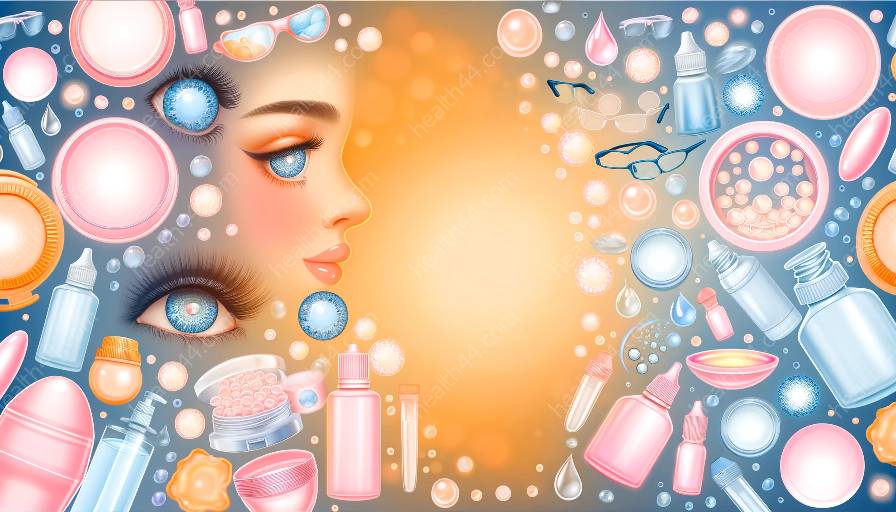Using contact lenses brings about a significant responsibility in terms of maintaining proper hygiene. A crucial aspect of this is handling contact lens solutions to avoid contamination. This article will shed light on the essential precautions that need to be taken when dealing with contact lens solutions, ensuring the safety and cleanliness of your lenses and maintaining good eye health.
Understanding the Importance of Precautions
Contact lens solutions play a vital role in cleaning, disinfecting, and storing contact lenses. However, they can also be a breeding ground for harmful microorganisms if not handled with care. Contaminated solution can result in serious eye infections, including but not limited to microbial keratitis, which can cause vision loss or even blindness if not promptly and properly treated.
Precautions When Handling Contact Lens Solutions
Here are some crucial precautions to follow when handling contact lens solutions:
- Wash Hands Thoroughly: Before touching contact lens solutions or lenses, it's essential to wash your hands with soap and water. This simple step helps to minimize the risk of transferring dirt, germs, or other contaminants to the solutions or lenses.
- Avoid Using Water: Never use tap water to clean or store your contact lenses or solutions. Tap water contains a variety of microorganisms that can lead to serious eye infections, particularly Acanthamoeba keratitis.
- Keep the Bottle Tightly Closed: After use, ensure that the cap of the contact lens solution bottle is tightly closed to prevent contamination from the environment.
- Avoid Touching the Tip of the Bottle: When pouring the solution into the lens case, refrain from touching the tip of the solution bottle to reduce the risk of introducing contaminants.
- Replace Solution Regularly: Do not top off or reuse the old solution in the lens case. Always discard the remaining solution and use fresh solution each time.
- Clean and Replace Lens Case: Regularly clean the lens case with sterile solution and replace it every three months to prevent the buildup of contaminants.
- Avoid Mixing Solutions: Different types of contact lens solutions are formulated to work with specific lens materials. Mixing solutions can lead to adverse reactions or reduced efficacy, so always use the recommended solution for your lenses.
- Follow Expiry Dates: Check the expiry date of the contact lens solution and do not use it if it has expired.
Additional Tips for Safe Contact Lens Use
Aside from precautions when handling solutions, here are some additional tips for safe contact lens use:
- Stick to Your Lens Schedule: Follow your eye care professional's recommended schedule for wearing and replacing your contact lenses to maintain healthy eyes and clear vision.
- Remove Lenses Before Swimming: Always remove your contact lenses before swimming or using a hot tub to reduce the risk of contamination from waterborne pathogens.
- Regular Eye Exams: Schedule regular eye exams to ensure the health of your eyes and the proper fit of your contact lenses.
Conclusion
When it comes to handling contact lens solutions, taking proper precautions is essential for maintaining good eye health and preventing potential complications. By following these guidelines and additional tips, you can ensure the safety and cleanliness of your contact lenses, allowing you to enjoy clear vision without compromising your eye health.





















